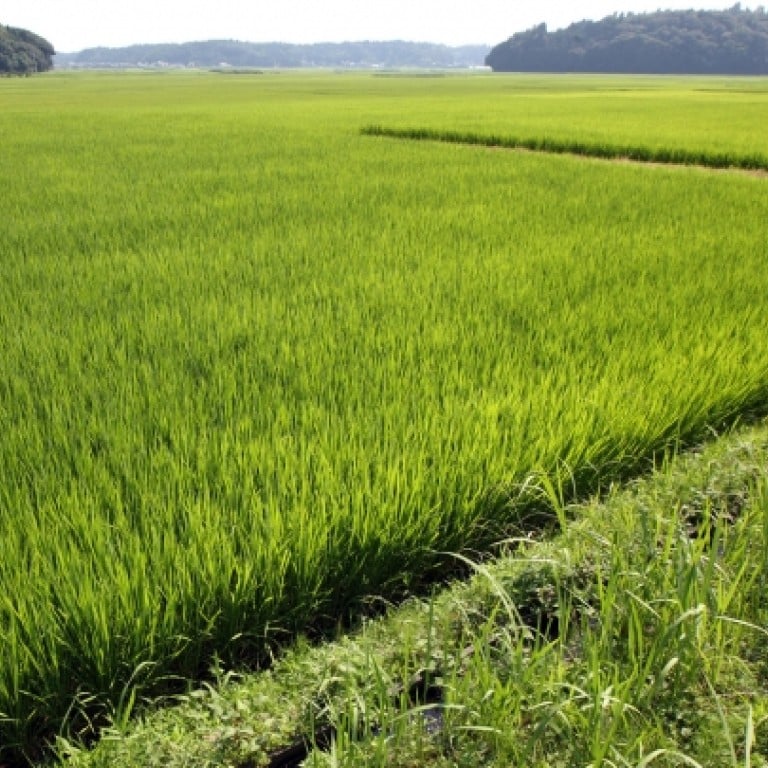
East Asian model does work - for authoritarian governments
When states in the region develop quickly – Japan in the 1960s, South Korea and Taiwan in the 1970s, and China today – it's with tough love
I've been hammered from both sides in recent days.
Last week this column reviewed a new book, , by Joe Studwell.
In it, Studwell examines the rapid economic rise of Northeast Asia and argues the secret of the region's successful development lies in three crucial state interventions.
As put it: "First, equally redistribute your agricultural land to encourage small-scale intensive farming and boost output.
"Next, protect your home markets from foreign competition, while picking winners in likely export sectors.
"Finally, keep control of your financial system so you can lavish cheap capital on your favoured manufacturers until they can compete…
"It's hardly a liberal approach, but it's worked a treat."
It seems no one's happy with that summary.
Yesterday, Jake van der Kamp devoted his entire column in the to eviscerating this interventionist policy prescription. Follow it, he argued, and while you might get an impressive number for your gross domestic product, you do so at the cost of an inefficient and expensive farming sector and millions of wage slaves cheated out of the rightful reward for their labour.
"No, Tom, it hasn't really worked a treat," he concluded.
Jake wasn't the only one to take issue with 's review. Joe Studwell himself took me to task.
"Successful states did not pick winners," he complained in an e-mail. "What winners in early development always did is to cull losers. This is different. You can't pick winners. It's too hard. But you can spot losers and cut them off."
Let's look at Jake's objection first. Japan's small farms may be expensive and inefficient today, but that doesn't mean reform was a lousy idea back in 1947 when most of the population still lived on the land.
As Studwell points out, before land reform, it was easier for landowners to concentrate on extracting rents from their tenants than to invest in raising output. Meanwhile, tenant farmers, burdened by high rents, didn't have the means to invest, or to consume much.
Redistributing land equally to farming families made the best use of available labour, pushing up both yields and rural incomes, and boosting demand for goods and services.
Studwell clearly has a point here. Even so, I can't quite swallow his argument that Northeast Asian governments didn't try to pick industrial winners.
In Korea, for example, president Park Chung-Hee's heavy and chemical industrialisation drive of the 1970s was a direct attempt to create national champions, like steel-maker Posco, by giving them privileged access to cheap credit, generous state subsidies and protection from international competition in the form of stiff import tariffs.
What's more, I agree with Jake's criticism that this industrial model imposes sacrifices on workers.
The state financial repression necessary to direct cheap capital into industrial development reduces the returns earned by ordinary savers, restricting their ability to consume today in return for the promise of a greater GDP number tomorrow.
For many, it's a lousy trade-off, and clearly one that few people would choose voluntarily.
So it is surely significant that at the time not one of the East Asian countries that followed Studwell's development model - Japan in the 1960s, South Korea and Taiwan in the 1970s and China today - met US political scientist Samuel Huntington's working definition of a democracy: a country that has made two successive changes of government via free elections.
In a nutshell, Studwell's model works a treat at increasing GDP, but it needs a government with a distinct authoritarian bent to make it work.
That's what I meant by "hardly a liberal approach".

